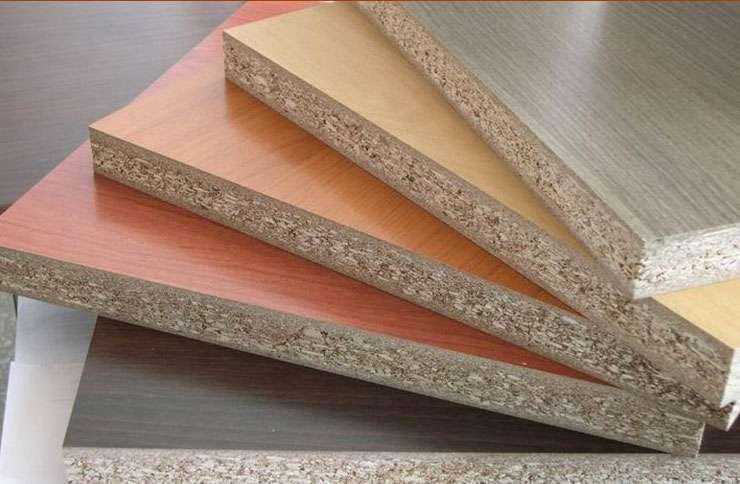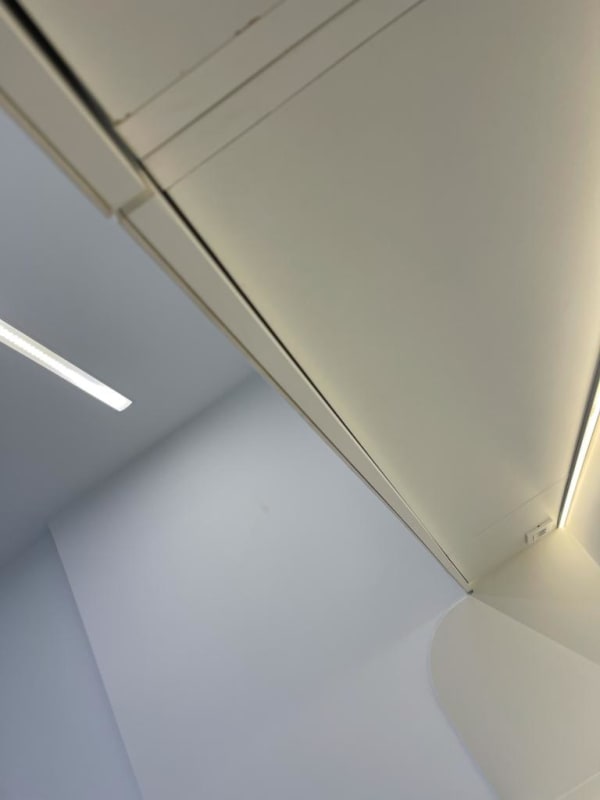astojkovski
Materials
Hello guys, first time poster, hope to be a contributor too!
I am trying to glue some 3mm Laminam (XL size ceramic tiles) to Melamine coated chipboard 18mm, using a silicone gun and Neutral Silicone adhesive. I am having trouble with the panels bending afterwards, not at the time of gluing, but after a day, two, maybe a week, and it only keeps getting worse. Also had the same effect trying to glue mirrors to mdf or mfc. What do you think would be an appropriate bonding adhesive to connect such materials? Thank you all in advance!
I am trying to glue some 3mm Laminam (XL size ceramic tiles) to Melamine coated chipboard 18mm, using a silicone gun and Neutral Silicone adhesive. I am having trouble with the panels bending afterwards, not at the time of gluing, but after a day, two, maybe a week, and it only keeps getting worse. Also had the same effect trying to glue mirrors to mdf or mfc. What do you think would be an appropriate bonding adhesive to connect such materials? Thank you all in advance!


